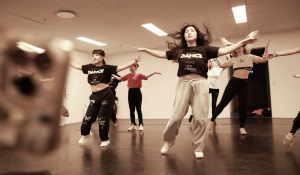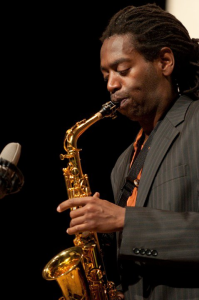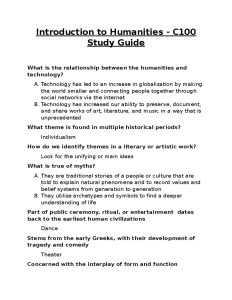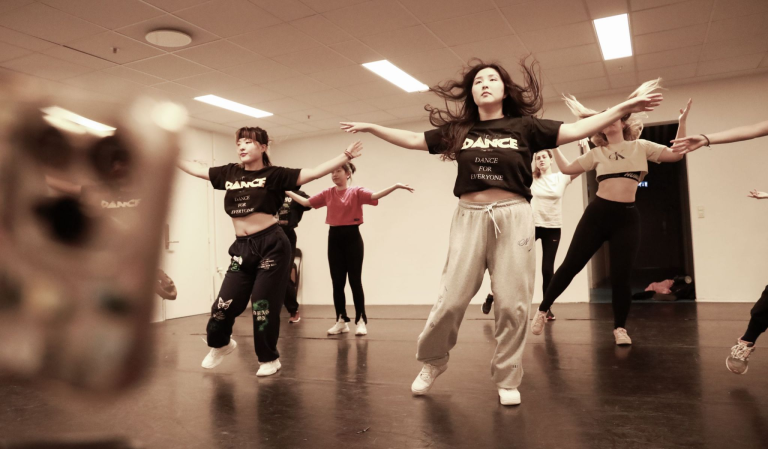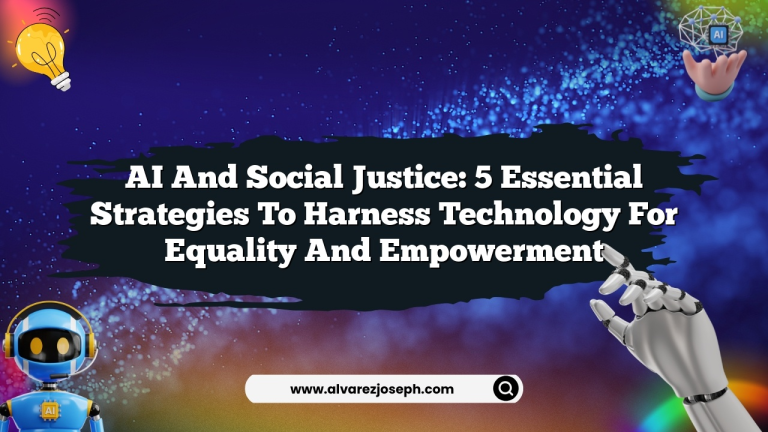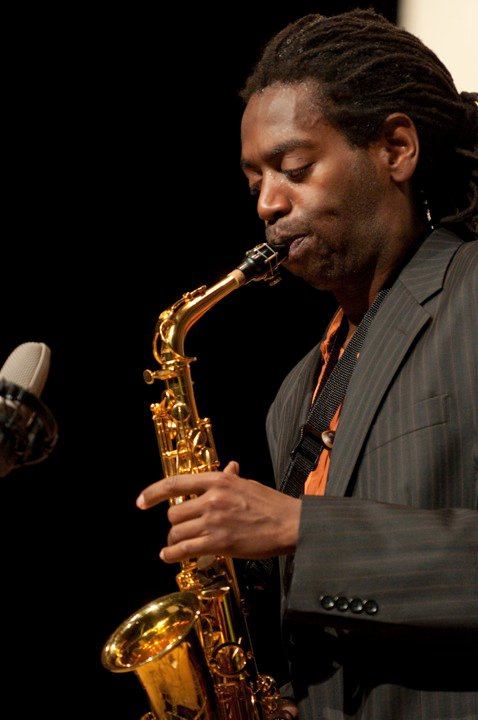AI in photojournalism is revolutionizing the way we capture and interpret images, reshaping the landscape of this crucial field. As advancements in AI technology in photography become more prevalent, photojournalists face both innovative opportunities and significant challenges, particularly around ethics and the preservation of visual archives. This technology holds promise for enhancing the impact of AI on photography, enabling professionals to organize, contextualize, and protect their invaluable work with unprecedented efficiency. However, concerns about misinformation and copyright infringement loom large, prompting critical discourse on the future of image-making. As we delve deeper into the intersection of artificial intelligence and photojournalism, it’s imperative to address how this shift impacts both the integrity of visual storytelling and the ethics that underpin it.
The integration of artificial intelligence into the realm of visual journalism represents a transformative wave in how images are produced and perceived. With the rise of machine learning algorithms, the craft of capturing real-world events is being redefined, presenting myriad possibilities for enhancing the documentation of history. This shift calls attention to the pressing need for journalists and creators to navigate ethical considerations while managing their extensive image archives effectively. As we explore the discourse surrounding responsible AI applications, it becomes crucial to ensure public trust, avoiding the pitfalls of misinformation associated with digitally manipulated imagery. Ultimately, this examination of AI in visual storytelling paves the way for innovative solutions that empower photojournalists to preserve their artistic legacies while upholding integrity and authenticity.
The Role of AI in Photojournalism Today
AI technology in photography is transforming how stories are captured and shared across the globe. In contemporary photojournalism, the integration of AI has sparked debates about authenticity and truth. Amid the chaos of misinformation, photojournalists face unprecedented challenges as images that appear genuine can be entirely fabricated. However, the potential for AI to enhance the craft is also significant; by providing advanced tools for image analysis and cataloging, it promises to improve how photographers handle vast archives and present historical narratives.
As journalists document ongoing events, AI tools can assist in identifying and labeling visuals, ensuring that essential stories are not lost in the digital realm. For instance, AI can analyze thousands of images, categorize them based on themes, emotional responses, or contextual details, allowing photojournalists to effortlessly retrieve relevant visuals for their current work. While some fear that AI may compromise the integrity of storytelling, it can equally be viewed as an opportunity to innovate and preserve the values that underpin photojournalism.
Preserving Photojournalism Archives with AI
The preservation of archives is critical for maintaining the historical context of photojournalism. According to Kira Pollack, a leading figure in exploring the intersection of AI and photography, a significant percentage of visual archives remain unseen. The essence of this work lies in recognizing archives as vibrant narratives rather than mere collections of old images. Implementing AI technology can revolutionize this space by providing intuitive ways to navigate and access these vast repositories, ensuring that essential stories captured by photojournalists are readily available for future generations.
AI’s capability to catalog and contextualize images can help safeguard invaluable historical accounts while also respecting the personal narratives of the photographers themselves. For example, AI could help tag photographs with not just technical details but also emotional insights, contributing deeper layers of meaning to the visual stories. This approach aligns with the broader goal of preserving ethical standards in photojournalism, where the integrity of the image and the rights of the artist remain paramount.
Balancing AI Technology and Ethics in Photography
The integration of AI in photojournalism raises important ethical questions that must be addressed to protect the integrity of the craft. The ability of AI to generate realistic images poses concerns about the erosion of public trust, which is a cornerstone of journalism. As the line between reality and fabrication blurs, photojournalists must navigate the complexities of maintaining credibility. Pollack emphasizes the importance of using AI not to create new images but to amplify the existing visual narratives created by real-life events and experienced photographers.
These ethical considerations also extend to copyright issues, where the ownership of images and the potential for unauthorized use by AI systems become pressing challenges. Photojournalists need to advocate for their rights as creators to ensure that their work is respected and protected in an increasingly automated world. Establishing collaborative frameworks between artists and technologists will be essential in creating a responsible approach to AI in photography that upholds ethical standards while harnessing the benefits of innovation.
The Future of AI in Photojournalism
As AI technology continues to advance, its implications for the future of photojournalism are profound. Photojournalists are now tasked with not only capturing and reporting the truth but also understanding how AI can support their mission. The emerging tools are likely to transform workflows by automating mundane tasks, allowing journalists to focus on creativity and storytelling. Furthermore, as AI can identify patterns within photo archives, it can offer unique insights that enhance the narrative impact of journalistic work.
Looking ahead, the challenge lies in integrating these technologies without undermining the human elements that define photojournalism. Professionals in the field must remain vigilant in addressing the potential risks posed by AI while leveraging its capabilities to elevate storytelling. By fostering a culture of adaptation and learning within the photojournalism community, the hope is to create a future where AI complements rather than complicates the pursuit of truth through visual media.
Impact of AI on Historical Photojournalism
The advent of AI technology also presents a unique opportunity to revisit and reframe historical photojournalism. As Kira Pollack highlights, many important images have been archived but remain undiscovered due to organizational barriers. AI can be deployed to analyze these past photographs, providing fresh interpretations and bringing historical events back into the public consciousness. This can significantly enrich our understanding of significant societal events and the individuals who documented them.
Additionally, AI could facilitate collaborative efforts among historians, photojournalists, and technology experts to educate younger generations about the importance of visual documentation. Understanding the past through the lens of photojournalism helps society recognize patterns and learn valuable lessons. By preserving and presenting these images responsibly, the influence of historical photojournalism can continue to shape public discourse in today’s complex media landscape.
Innovative Storytelling in Photojournalism
AI technology isn’t just improving efficiency; it’s redefining storytelling in photojournalism. With AI’s capabilities to analyze images in-depth, photographers can learn how specific visuals resonate with audiences. This insight can help shape future storytelling strategies and focus on narratives that elicit strong emotional responses. Exploring the emotional landscapes of conflict photography or the gripping humanity behind public events will allow photographers to raise important questions and foster critical discussions.
Moreover, AI-assisted analysis can guide the selection and presentation of images, ensuring that the stories told are impactful and relevant to the audience. By offering dynamic storytelling solutions, AI can support photojournalists in crafting narratives that are not only visually arresting but also profoundly meaningful. Exploring these innovative techniques opens up new avenues for social impact through photojournalism.
Challenges in Using AI for Photojournalism
Despite the potential benefits, there are significant challenges that photojournalists face in integrating AI technology into their work. One such challenge is the constant evolution of AI tools and the need for photographers to stay informed about their capabilities and limitations. As technological advancements occur, there is a risk that photographers may become complacent or reliant on AI, neglecting the essential skills that differentiate photojournalism from other forms of visual media. Therefore, ongoing education and training remain critical in this shifting landscape.
Another challenge lies in the technological barriers that some photographers may encounter, particularly those working in resource-limited environments. Advanced AI tools may require substantial investments in software and hardware, which can be prohibitive for independent photojournalists. Addressing these disparities and ensuring that all practitioners have equitable access to innovative tools will be crucial in maintaining a diverse and vibrant photojournalism community.
Exploring AI-Driven Visual Communication
As communication evolves, AI-driven methods are beginning to play a critical role in how stories are told visually. Photographers now have access to powerful tools that can enhance their messages and facilitate deeper connections with their audiences. For instance, AI can help analyze viewer engagement, allowing journalists to tailor their visuals in real-time. This opens the door to highly personalized storytelling that speaks directly to the needs and interests of various audience segments.
Moreover, AI can assist in translating visual content into various formats, ensuring that messages reach wider audiences across different platforms. By maximizing reach and impact through innovative visual communication, photojournalists can ensure that their narratives resonate in our fast-paced digital world. As AI continues to shape and transform the visual landscape, it’s essential for photojournalists to harness these opportunities while remaining steadfast in their commitment to ethical storytelling.
The Intersection of AI and Artistic Expression in Photojournalism
The relationship between AI and artistic expression in photojournalism is one of collaboration, prompting a reinterpretation of creativity in the craft. While traditional photography relies heavily on the photographer’s artistic vision, AI introduces new avenues for exploration, blending human creativity with machine intelligence. This synergy can yield novel perspectives that challenge the status quo and push the boundaries of image-making.
Furthermore, AI technology can facilitate experimental photography techniques, enabling photojournalists to push the envelope in experimentation and innovation. By combining AI-generated elements with authentic imagery, photographers can create striking visual narratives that reflect contemporary issues and evoke powerful emotions. The key, however, is to maintain transparency about the role of AI in these creative processes, ensuring that viewers understand the balance between human insight and technological assistance.
Frequently Asked Questions
What is the role of AI technology in photography for photojournalism?
AI technology in photography is becoming increasingly important for photojournalism by enhancing image analysis, organizing vast archives, and improving workflow efficiency. It can assist photojournalists in identifying key elements in images, making historical records more accessible, and preserving the visual narrative of significant events.
How does AI impact the ethics of photojournalism?
The impact of AI on photography raises ethical concerns, particularly around copyright, misinformation, and authenticity. Photojournalists must navigate the balance between leveraging AI for efficiency and preserving the integrity of their work, ensuring that AI tools don’t undermine the truthfulness and authenticity of visual storytelling.
Can AI help in preserving archives of photojournalism?
Yes, AI can be instrumental in preserving archives of photojournalism by facilitating the cataloging and organization of extensive collections. It provides tools to make historical images more discoverable, ensuring that the visual histories documented by photojournalists are not lost, especially amidst the rapid production of new media.
What challenges does AI present to the field of photojournalism?
AI presents several challenges to photojournalism, including the risk of copyright infringement, the potential spread of misinformation through generated images, and the erosion of public trust in visual media. Photojournalists must address these challenges to maintain the integrity of their work and its ethical implications.
How might photojournalists utilize AI technology responsibly?
Photojournalists can utilize AI technology responsibly by employing it to enhance workflow, preserve archives, and provide context to visual narratives without exploiting copyrighted material. It is crucial to ensure that AI tools are used ethically, maintaining respect for authorship and the visual truth that photojournalism upholds.
What are the potential benefits of AI in photojournalism?
The potential benefits of AI in photojournalism include improved efficiency in image processing, enhanced capabilities for analyzing and interpreting complex visuals, and better preservation of historical photojournalism archives. AI can help photojournalists unlock vast collections, providing new insights and accessibility.
What future innovations can we expect from AI in the field of photojournalism?
Future innovations in AI for photojournalism could include advanced image recognition algorithms that understand context and emotion, improved tools for storytelling and narrative visualization, and enhanced capabilities for accurately preserving and protecting the digital rights of photojournalists. These advancements may lead to a redefining of how stories are told visually.
| Key Point | Details |
|---|---|
| Impact of AI on Photography | AI presents both opportunities and threats to photojournalism, raising concerns about copyright, misinformation, and the integrity of images. |
| Archival Challenges | Many photographs from renowned photojournalists remain unpublished, risking their loss before AI technology erodes visual truth. |
| Potential of AI | AI can help organize and contextualize photo archives, ensuring photographs are discoverable while respecting photographers’ rights. |
| Ethical Considerations | There are concerns about the unauthorized use of images in AI training, highlighting issues of ownership and protection. |
| Future of Photojournalism | The Shorenstein Fellowship aims to foster discussions on the role of AI in preserving the core values of photography: truth, authorship, and memory. |
Summary
AI in photojournalism is a rapidly evolving topic that intertwines innovation with ethical dilemmas. As technology advances, it poses significant challenges and opportunities for the preservation and interpretation of photographic history. With the potential to enhance the archival practices of photojournalism, AI could redefine how we document and understand the world. However, it is crucial to navigate these developments thoughtfully, ensuring that the integrity and authenticity of photography are maintained. The future of photojournalism will depend on how effectively we utilize AI to support, rather than compromise, the fundamental principles of visual storytelling.
